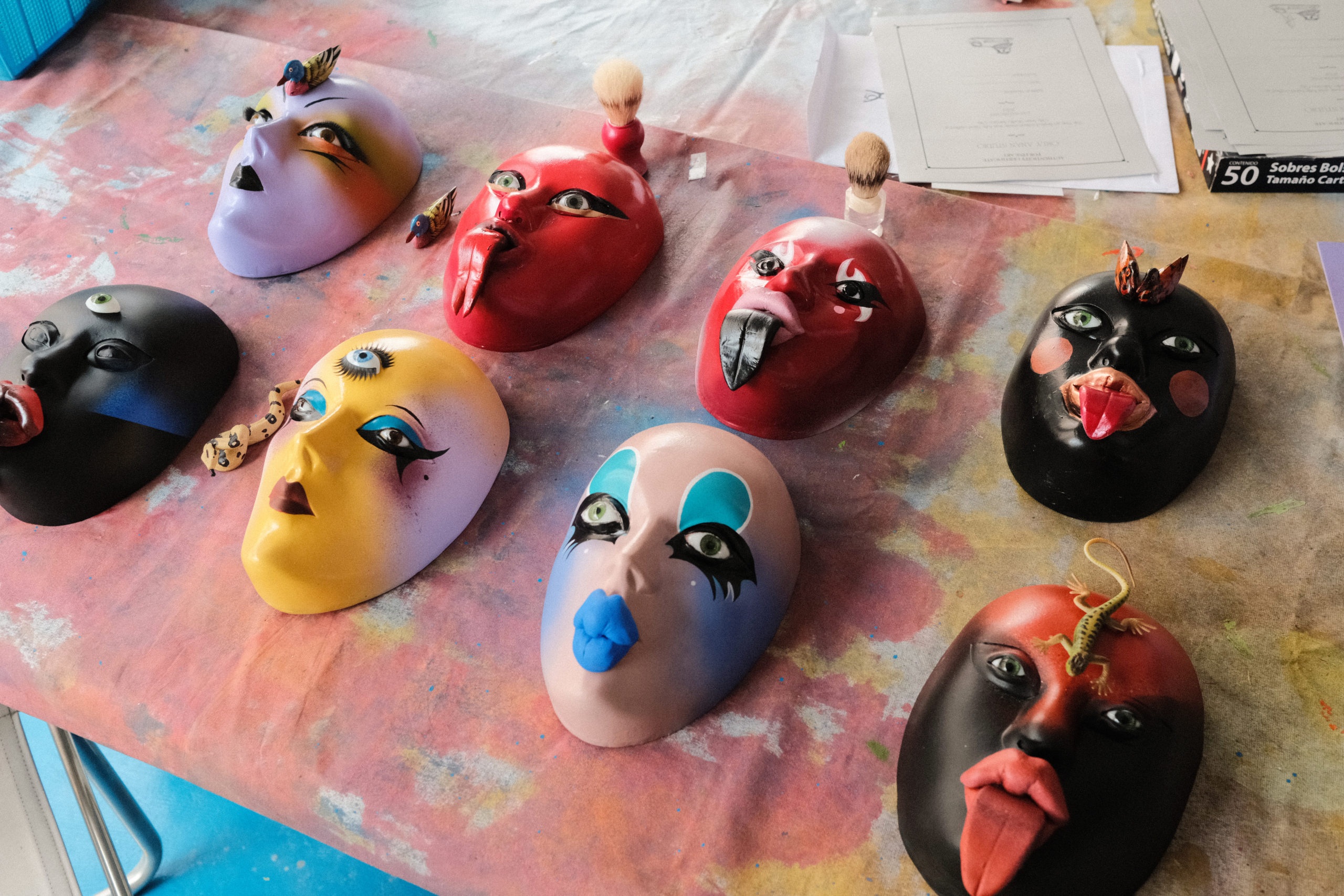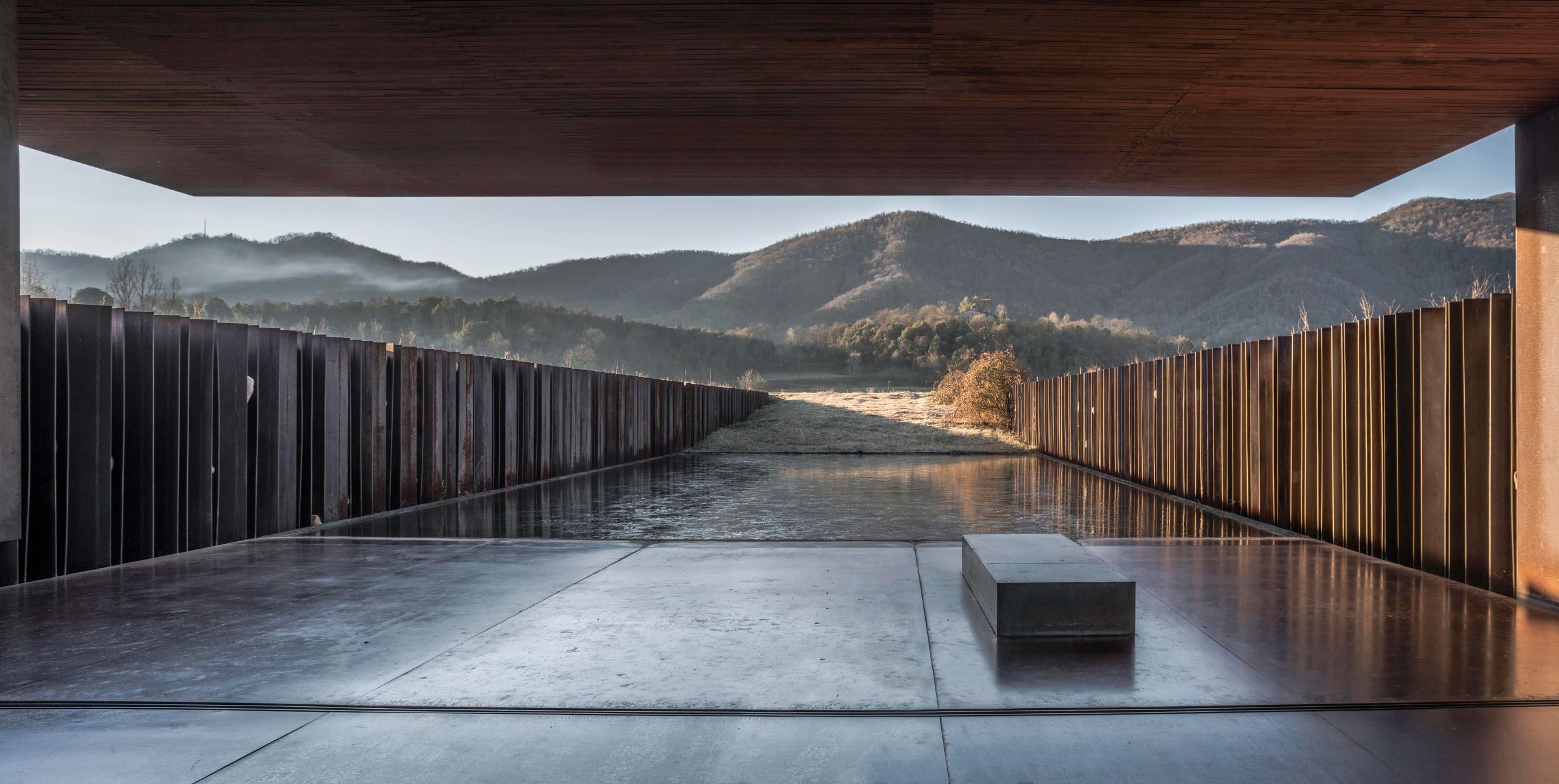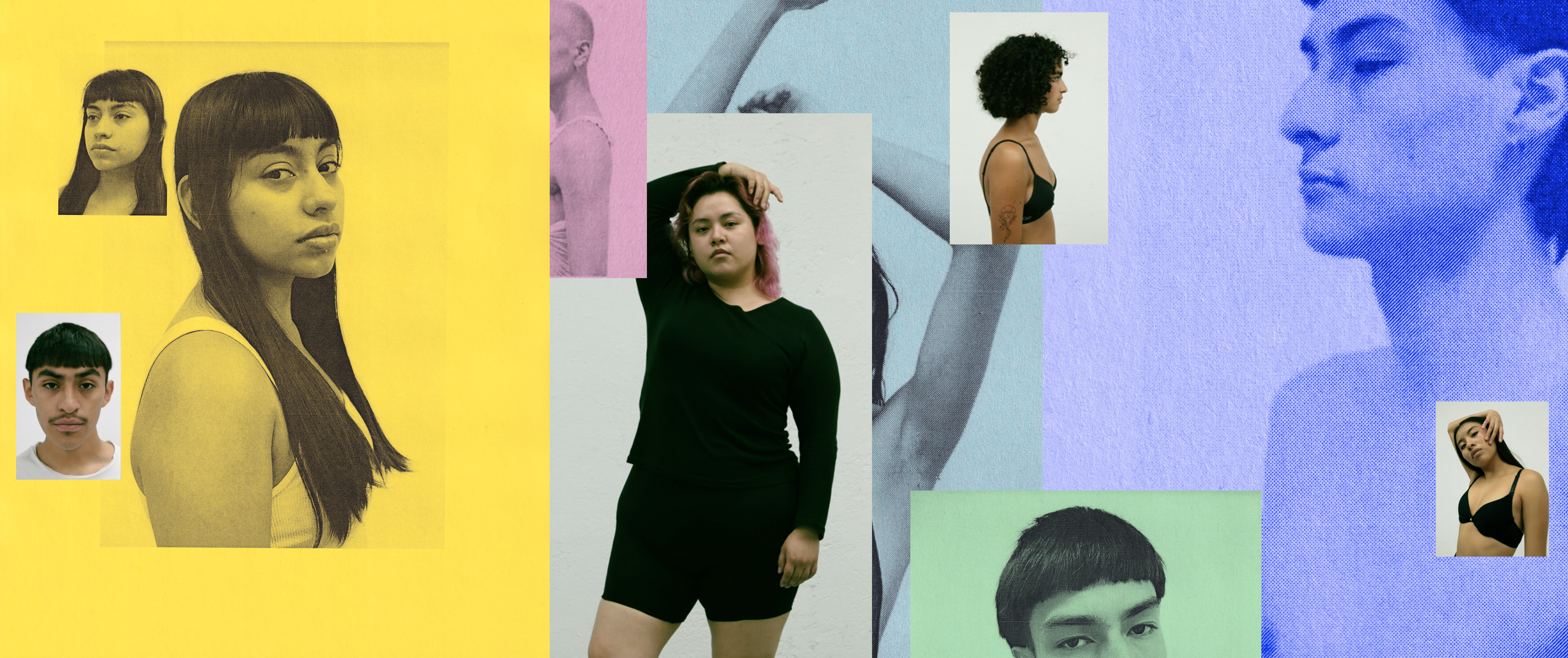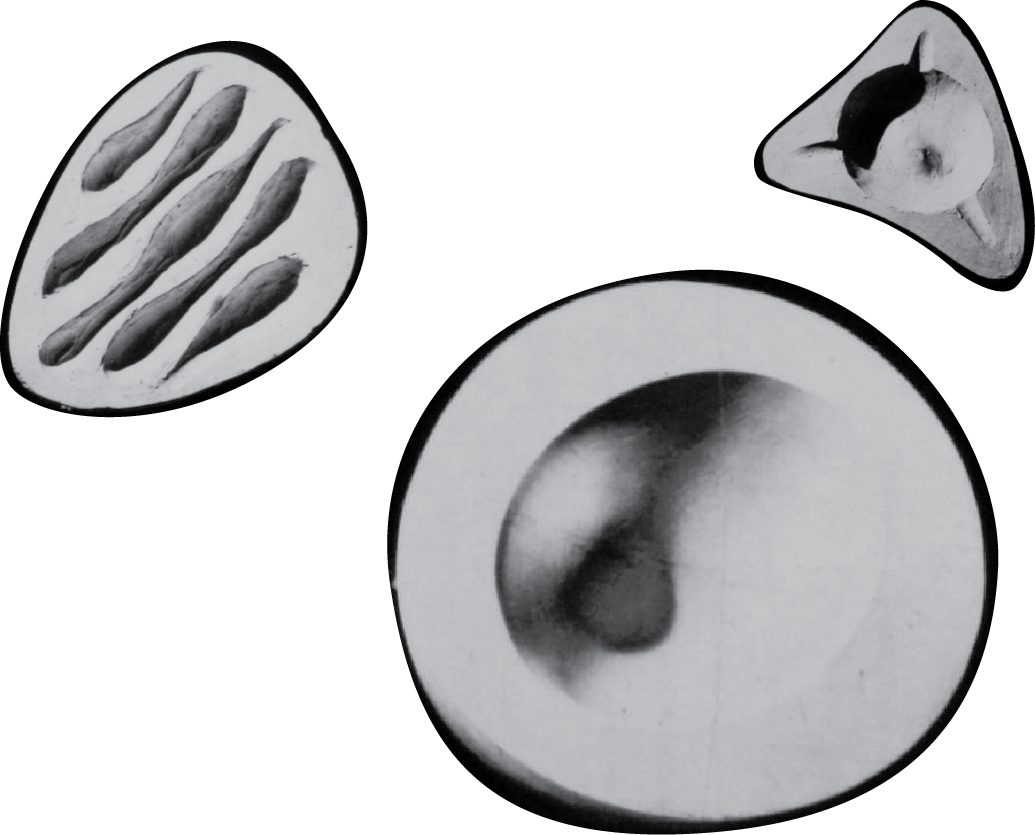DIEGO VILLASEÑOR BELIEVES IN ARCHITECTURE WITHOUT ARCHITECTS
Introduction by Ana Velasco
Photography by Mara Hoffman
Casa Ayehualco was designed by Diego Villaseñor
and can be reserved through Boutique, handpicked
design centric homes across the globe.
Mexican architect Diego Villaseñor is as much his work as he is himself. Before he even enters his San Miguel Chapultepec studio to meet us he is everywhere, in the tilts and angles and artifacts and dancing sunlight that make up the tall room, which includes a door from the second floor closet directly above us. Positioned at his desk, with the huge windows that frame a lush green garden as his backdrop, Diego weaves tales of his legendary career in between stories of his family, references to art and philosophy, funny anecdotes, and always a reverence to the muse of muses – nature.
It’s clear how Diego brings all his inspirations and references into his lauded architectural work, where his houses always possess an organic integration with the nature that surrounds it, whether that is the ocean or the mountains, and a feeling of ease, like the exhalation of a deep and clean breath. Amongst his canon of creativity is Casa Ayehualco in Amatlan, his personal family home nestled amongst the Tepozteco mountains of Tepoztlan, a pueblo mágico in Morelos that holds an energetic vibration so bound in mysticism there are legends of miracles and even aliens throughout the town. It’s an awe-inspiring home that has been morphing and growing for the last 40 years, and, true to form, creates a seamless integration with its surrounding environment from the stones that built the structure, to the way the sun path indirectly invites you to experience different parts of the house at different times of the day.
Back in Diego’s studio, the light indicates the day has gone from mid afternoon to early evening, the hours passing by on a timeline of their own, led by the charm of Diego’s wisdom and charisma.

Sarah Len: I am interested in understanding who were some of your biggest influences and mentors.
Diego Villaseńor: Well, I’ve been influenced by many things. Parents, grandparents, and many other things. And many other myths that I have lived, you know. At some point in my life, I want to be Superman. I used to hang out from the windows and see my cape. But I come from a family that always was very fond of nature. In that way they were very much trendsetters. They always look for places that have trees. That was their philosophy that nature gives us a lot more than besides being our surroundings.
My mother was a painter and my family was all very keen on the signs of beauty. The concept of beauty as an emotional and a spiritual part of life up to the extent to say that one of the main rights for people is to have the right to beauty. This is why the golden proportion is used from all over the world without even making previous connections.
SL: And do you use the golden ratio in your designs?
DV: The golden rule has been taken and analyzed by the Mayans from the Greeks. And before that, the pyramid of Egypt. Why do we like things that have that proportion?
Luis Barragán and all his works used to say that this was a nice part of a wall. Nice part of many things. And then the way we have learned that is that we measure things already done and see how they made the proportions. For example, Ryōan-ji is a garden in Japan that has several rocks in raked gravel. Incredible, how you see that space and you relax. When you’re confronted with beauty you open yourself to let it come in.
There are spaces that you don’t feel well and it doesn’t have to do with the finishes. There are spaces that bring out of you the best of you. Like a good concert. So that is what for me, architecture is about.



SL: What do you think makes architecture emotional architecture? What creates that magic or that emotional response to architecture?
DV: Well, I can tell you one way is architecture without architects. A forgotten book called Architecture without Architects by Bernard Rudofsky, which they made a wonderful exhibition in the Museum of Modern Art in New York. Not recorded architects but the people who have done many things in architecture. Who was the architect of the pyramids of Egypt? I don’t know. Who made Venice as the concept, who made all these white towns in the south of Spain, all the hill towns of Italy. Who made these incredible towns that are underground in China? Or these incredible cities in Yemen. They make buildings of seven stories made of mud.
That architecture brings out the magic and mystery. One of my influences was Luis Barragán, he was not even an architect. His diploma from university is from engineering, then there was no architectural profession.
“The concept of beauty as an emotional and a spiritual part of life up to the extent to say that one of the main rights for people is to have the right to beauty.”
– Diego Villaseñor
SL: What are some of your favorite memories of Luis Barragán?
DV: Luis Barragan was from Guadalajara like my father and they both moved to Mexico City. He used to sit here and eat with me several times. He said I should put an orange carpet here. Let me tell you how close Luis Barragan was with my father. When they were young in Guadalajara. Luis was fond of my father’s sister Beatrice and he used to go and he always carried a small gift wrapped in tissue paper.
He was very Franciscan like my mother, he has a lot of relics in his home and things about Catholicism. So I would ask Luis, how do you manage to have those religious, pious feelings and inclinations and the erotic part you have. They used to say that he had a Christ here right by the bed and he would make love to some girl and he would throw a blanket on top of the cross so that Jesus wouldn’t see.
He said, Diego, how much eroticism you would find in the cloister of a convent. Read The Canterbury Tales by Geoffrey Chaucer, and you will see where the real eroticism comes from.
He was not a frivolous man at all. He will always favor the underdog. And his architecture reflects his way of thinking and his way of living. Understand that he wanted to do architecture that comes from the Mexican spirit he lived as a child.
SL: Let’s talk about Casa Ayehualco, your house in Amatlan that sits at the base of the Tepozteco mountains. Tell me how you approached the design of that home.
DV: So my first idea was to mimic the mountain range as a way to respond to the place. I say, I’m going to do a house that responds to the site. And second, looking at all the different situations of the day. You had the moon coming out in the evening and during the day the sun came out of the mountain and then a ray came like a strike of light. At certain moments in the summer the mountain becomes a reddish pink like rosé wine. And I learned the art of living from my parents and from Luis Barragán.
SL: In your book Architecture and Nature, you discuss the art of living. What does the art of living look like in Casa Ayehualco?
DV: I think, well first I don’t have a philosophy. I don’t have a style. I’m not interested in having style. I have a philosophy of how to deal with things. I have done buildings of concrete in the city, and I have built Palapas on the coast. I make things that belong to the place itself.
And Casa Ayehualco was built mostly of local stone and rammed earth. I made the roof round because it was a reinterpretation of the mountain range. I’m not trying to copy nature. I reinterpret it. So I put all the triangles that come from the Arabs and a stone that was left of the stone parts because mud in our climate cannot go all the way to the ground because it gets humid. It needs a certain amount of stone. So the humidity doesn’t go and destroys the adobe.
So I felt that that feels right. I wouldn’t do a white house there. Earth always feels well.
“There are spaces that bring out of you the best of you. Like a good concert. So that is what for me, architecture is about.”
– Diego Villaseñor
SL: What would you like the next generation of architects to understand about their role and responsibility in architecture?
DV: I think the next architect is going to need more teamwork.
More sustainability.
More social and political involvement.
Understand how to use technology so you command technology and technology doesn’t command you.
Humility because egos are very strong in the architectural world.
Design for the best of humanity.
I mean your design can be very cute, but what is the context? If you are concerned with human living, you have to consider the whole enchilada.


“I mean your design can be very cute, but what is the context? If you are concerned with human living, you have to consider the whole enchilada.”
– Diego Villaseño

A List of Literature and Films That Were Mentioned in This Interview
LITERATURE
Seneca
Marcus Aurelius
Epictetus
Vitruvius
Sigmund Freud
The Canterbury Tales – Geoffrey Chaucer
Giovanni Boccaccio – The Decameron
Architecture Without Architects – by Bernard Rudofsky
Swann’s Way – Marcel Proust
Many Mexico – Lesley Byrd Simpson
Distant Neighbors – Alan Riding
FILMS
Superman
Star Wars
Pretty Woman
The Gospel According to St. Matthew – Pier Paolo Pasolini
Arabian Nights – Pier Paolo Pasolini
Medea – Pier Paolo Pasolini







